motcon
TPF Noob!
- Joined
- Jul 18, 2003
- Messages
- 1,410
- Reaction score
- 0
- Location
- usa. soon to be a euro boy.
- Website
- group-11.com
- Can others edit my Photos
- Photos OK to edit
The following guidelines were derived during several weeks of discussions amongst the members of the Critique Forum Commission.
what is critique?
a critique is a thoughtful and fair accounting of what you see and an insightful analysis of the objective, interpretive, and subjective values of the photograph. in critique, it is necessary to state and explain the 'strengths' and 'weaknesses' of a photograph. a valuable critique addresses any weakness by stating what could've been done to avoid the weakness. it also takes in to account that some weaknesses simply can not be avoided.
why critique?
the critique is a learning process for all involved; the photographer, the person doing the critique, and all viewers of photographs and readers of the critiques.
ultimately, the value of critique is aimed at the techniques that can be used by all for creating images in the future.
how does one critique?
there are three main categories that exist in proper critique: objective, interpretive, and subjective.
1) objective - view the photograph and, in your mind, separate/dissect the elements that make a successful photograph. make notes of individual areas of strengths and weaknesses. now view the photograph as a whole and make notes about the effectiveness of the combination of elements.
some elements about which to think when forming the objective critique of a photograph:
center of interest
subject placement
simplicity
viewpoint
balance
shapes and lines
pattern
volume
lighting
texture
tone
contrast
framing
foreground
background
perspective
keep these elements in mind when viewing the photograph. of course you don't have to address the entire list. focus on the obvious strengths and weaknesses.
2) interpretive - your interpretation of the photograph should summarize the meaning of the photograph based on your experience and interaction with it. examples of questions to address in the interpretation:
- why do you think the photographer created the image?
- in terms of feeling and thought, what does the photograph mean to you?
- do you think the photograph has a symbolic meaning?
- why do you think the photographer chose to present the photograph as you see it?
make every attempt to be sure that your interpretation has some value to the photographer, other readers, and you.
3) subjective - after viewing the photograph both objectively and interpretively, you'll undoubtedly become more acquainted and familiar with the photograph. the subjective is your personal evaluation of the photograph. some considerations:
- do you think the photograph has any value? (important social message, artistic, has an emotional or mental appeal that influences the way you view the world, etc.)
- does the photograph have an ideal application? (portraiture, architectural, landscape, art, snapshot, etc.)
- would you display the photograph in your home?
- are you prejudiced against the style/type of photography?
the subjective is your personal opinion based on your understanding of the photograph.
the critique does not have to be done categorically nor does it have to be exhaustive, but a solid critique should touch on all three areas (objective, interpretive, and subjective).
a critique can range from:
'the placement of the red square at the left of the frame really grabs the attention of the viewer (objective). it is symbolic of a person living in a world of chaos (interpretive). overall the photograph works, but not only do i hate the color red, but i also prefer circles! (subjective)
to a very comprehensive and detailed critique that may be many pages in length.
it is up to you to decide how you wish to write a critique, but keep in mind that it should meet the requirements of the why critique? section.
who should critique?
YOU. everyone. not only is everyone capable of writing a critique, everyone can also equally learn from a critique. a person who posts a photograph for critique should not be afraid of critique. you, as a viewer, should not hesitate to offer a critique. every bit of insight that you don't share with other photographers is insight that may never be learned by others.
critique. learn. have fun.
what is critique?
a critique is a thoughtful and fair accounting of what you see and an insightful analysis of the objective, interpretive, and subjective values of the photograph. in critique, it is necessary to state and explain the 'strengths' and 'weaknesses' of a photograph. a valuable critique addresses any weakness by stating what could've been done to avoid the weakness. it also takes in to account that some weaknesses simply can not be avoided.
why critique?
the critique is a learning process for all involved; the photographer, the person doing the critique, and all viewers of photographs and readers of the critiques.
the chief goal of criticism is understanding...we derive pleasure from understanding... -Edmund Feldman
ultimately, the value of critique is aimed at the techniques that can be used by all for creating images in the future.
how does one critique?
there are three main categories that exist in proper critique: objective, interpretive, and subjective.
1) objective - view the photograph and, in your mind, separate/dissect the elements that make a successful photograph. make notes of individual areas of strengths and weaknesses. now view the photograph as a whole and make notes about the effectiveness of the combination of elements.
some elements about which to think when forming the objective critique of a photograph:
center of interest
subject placement
simplicity
viewpoint
balance
shapes and lines
pattern
volume
lighting
texture
tone
contrast
framing
foreground
background
perspective
keep these elements in mind when viewing the photograph. of course you don't have to address the entire list. focus on the obvious strengths and weaknesses.
2) interpretive - your interpretation of the photograph should summarize the meaning of the photograph based on your experience and interaction with it. examples of questions to address in the interpretation:
- why do you think the photographer created the image?
- in terms of feeling and thought, what does the photograph mean to you?
- do you think the photograph has a symbolic meaning?
- why do you think the photographer chose to present the photograph as you see it?
make every attempt to be sure that your interpretation has some value to the photographer, other readers, and you.
3) subjective - after viewing the photograph both objectively and interpretively, you'll undoubtedly become more acquainted and familiar with the photograph. the subjective is your personal evaluation of the photograph. some considerations:
- do you think the photograph has any value? (important social message, artistic, has an emotional or mental appeal that influences the way you view the world, etc.)
- does the photograph have an ideal application? (portraiture, architectural, landscape, art, snapshot, etc.)
- would you display the photograph in your home?
- are you prejudiced against the style/type of photography?
the subjective is your personal opinion based on your understanding of the photograph.
the critique does not have to be done categorically nor does it have to be exhaustive, but a solid critique should touch on all three areas (objective, interpretive, and subjective).
a critique can range from:
'the placement of the red square at the left of the frame really grabs the attention of the viewer (objective). it is symbolic of a person living in a world of chaos (interpretive). overall the photograph works, but not only do i hate the color red, but i also prefer circles! (subjective)
to a very comprehensive and detailed critique that may be many pages in length.
it is up to you to decide how you wish to write a critique, but keep in mind that it should meet the requirements of the why critique? section.
who should critique?
YOU. everyone. not only is everyone capable of writing a critique, everyone can also equally learn from a critique. a person who posts a photograph for critique should not be afraid of critique. you, as a viewer, should not hesitate to offer a critique. every bit of insight that you don't share with other photographers is insight that may never be learned by others.
critique. learn. have fun.


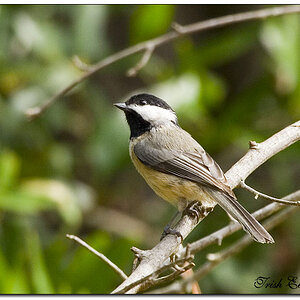
![[No title]](/data/xfmg/thumbnail/42/42056-76026251cb5ebb85b4a4d281d36121d8.jpg?1619739992)
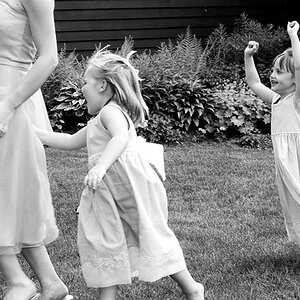



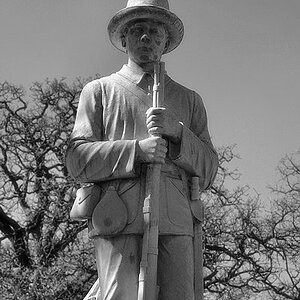
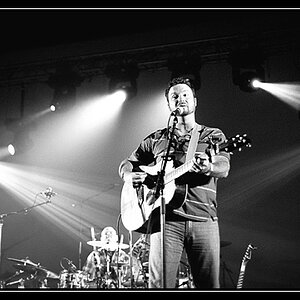

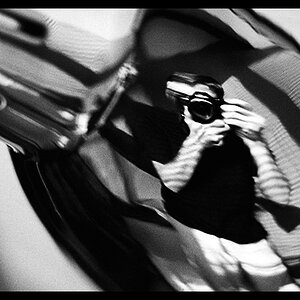

![[No title]](/data/xfmg/thumbnail/42/42059-61b97bbebb00e6276672551f4e3b3e43.jpg?1619739995)